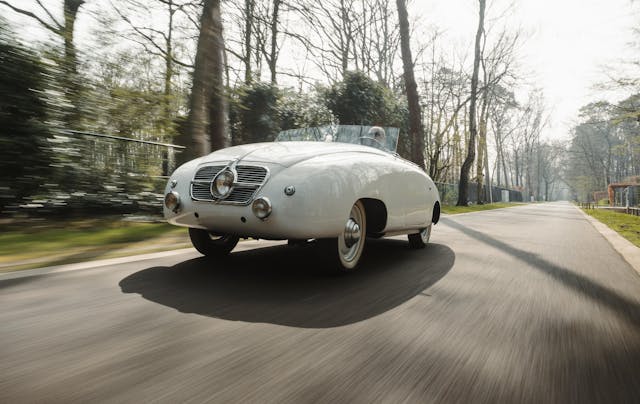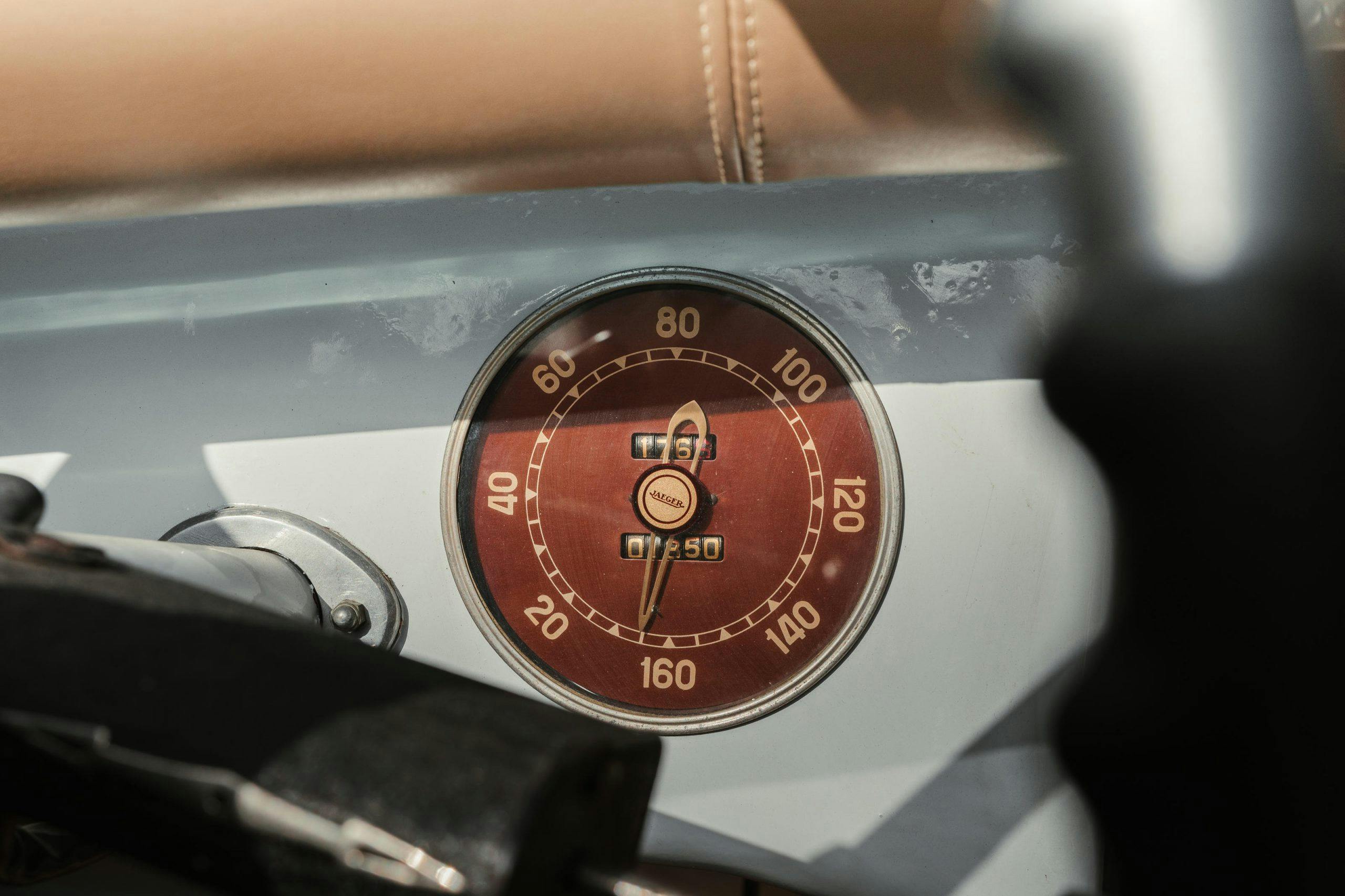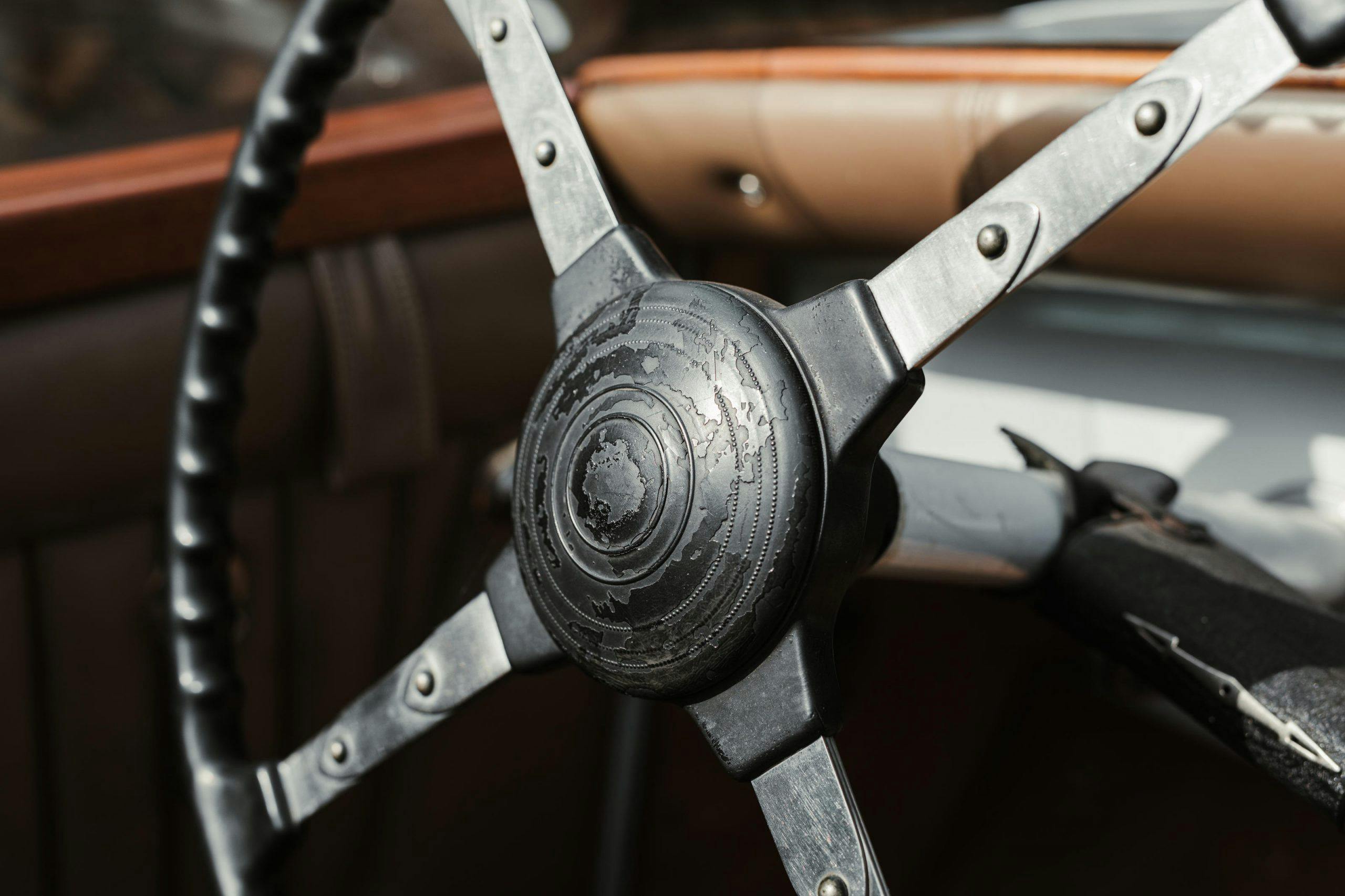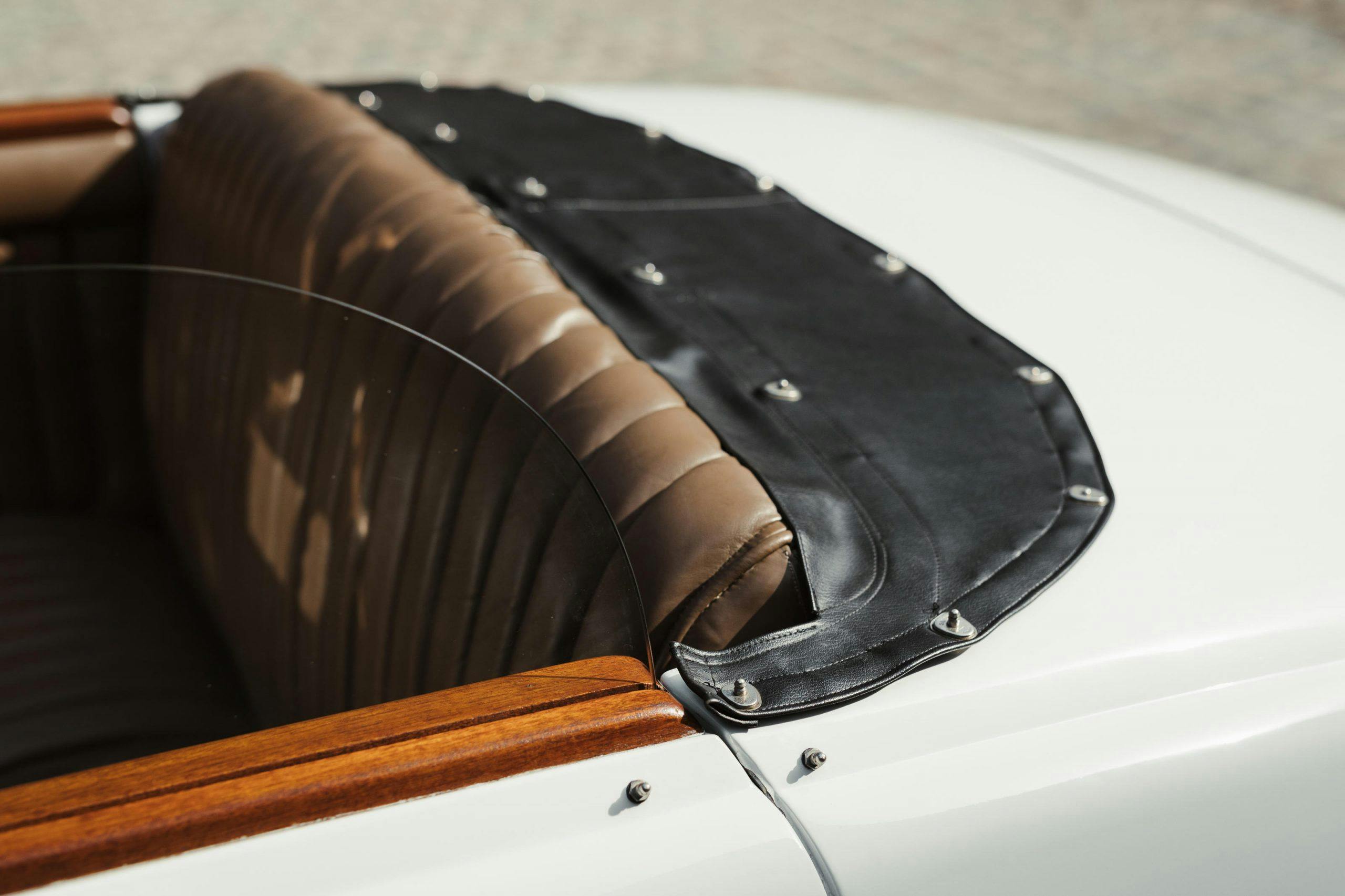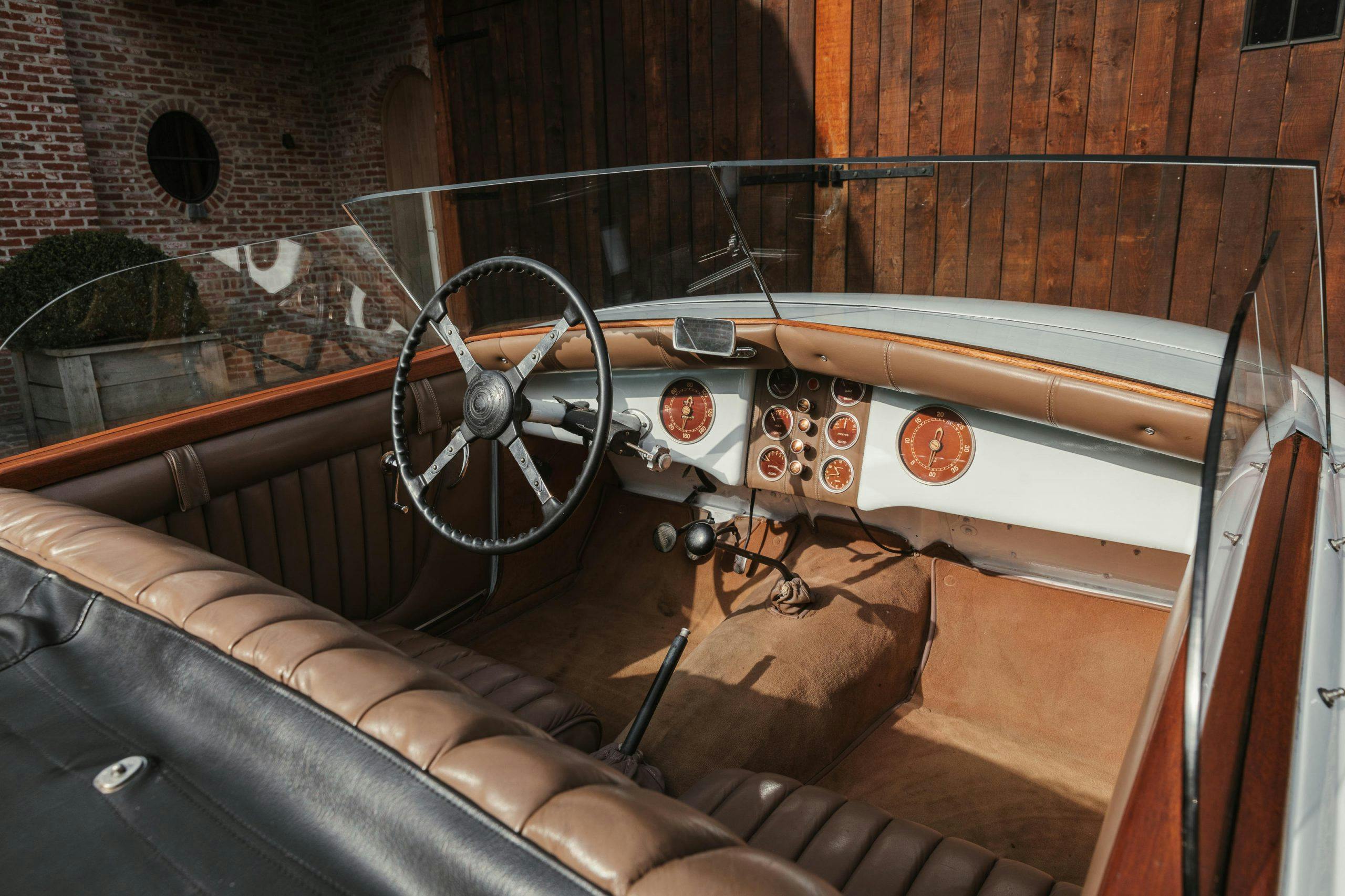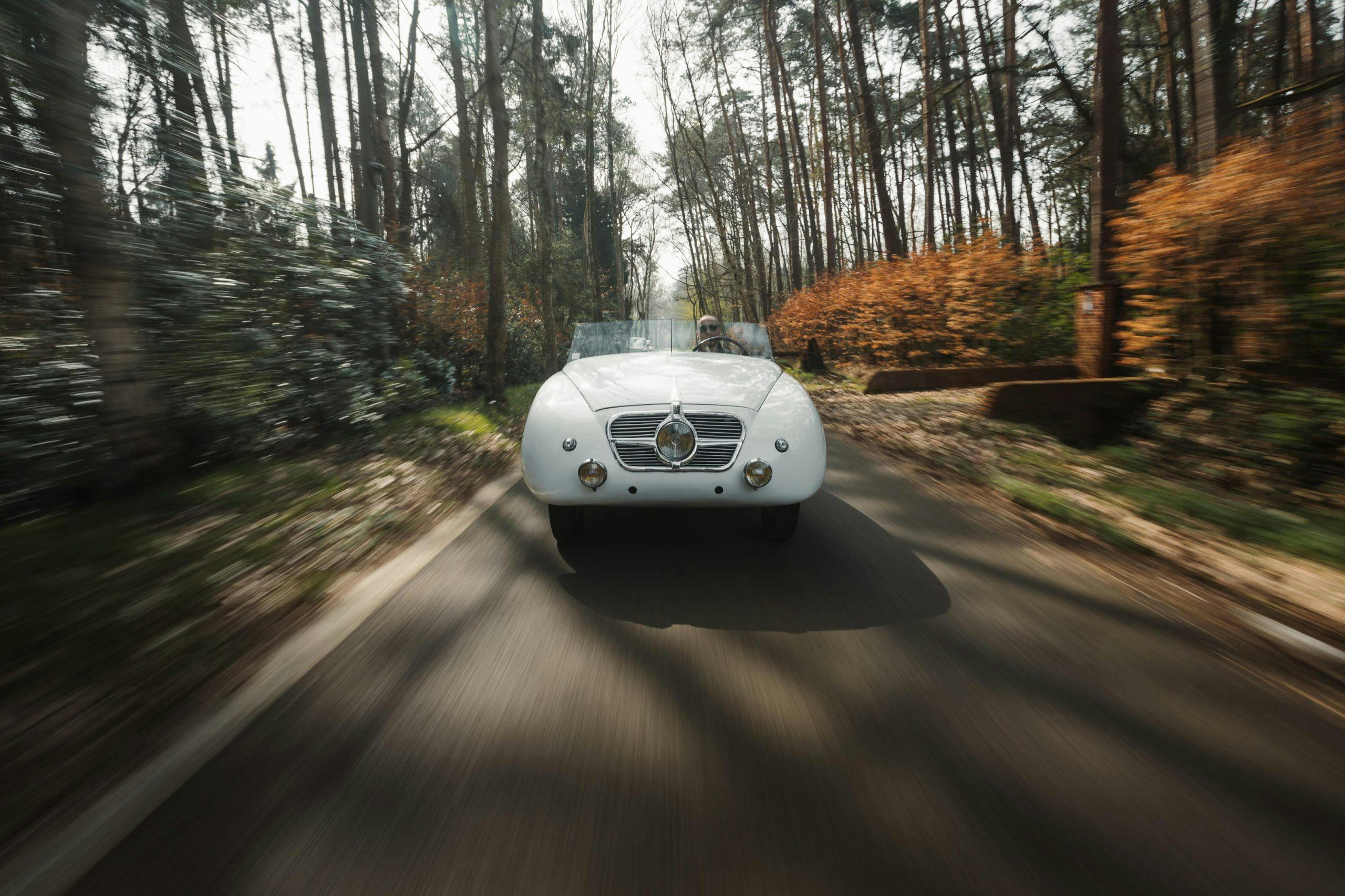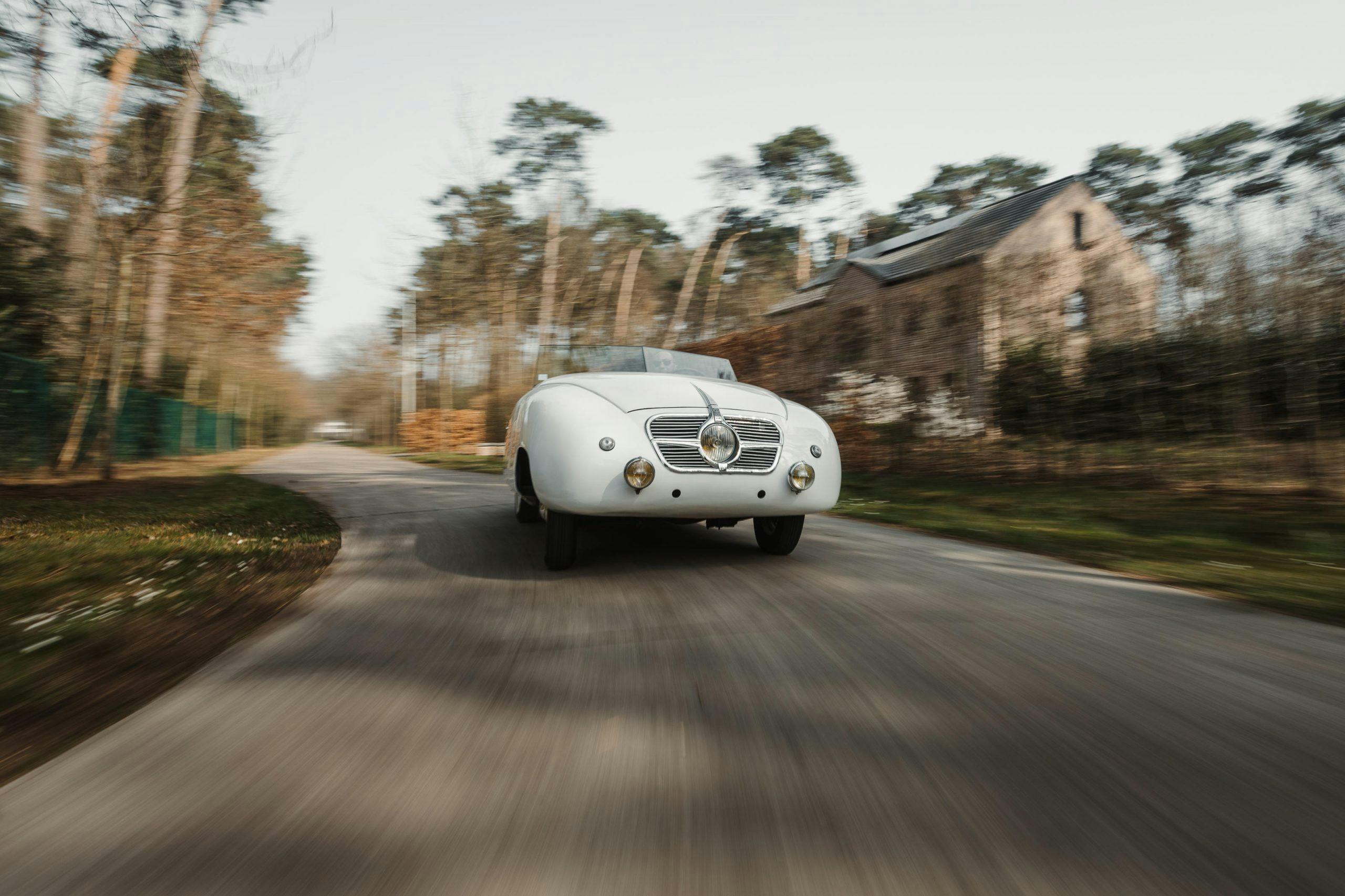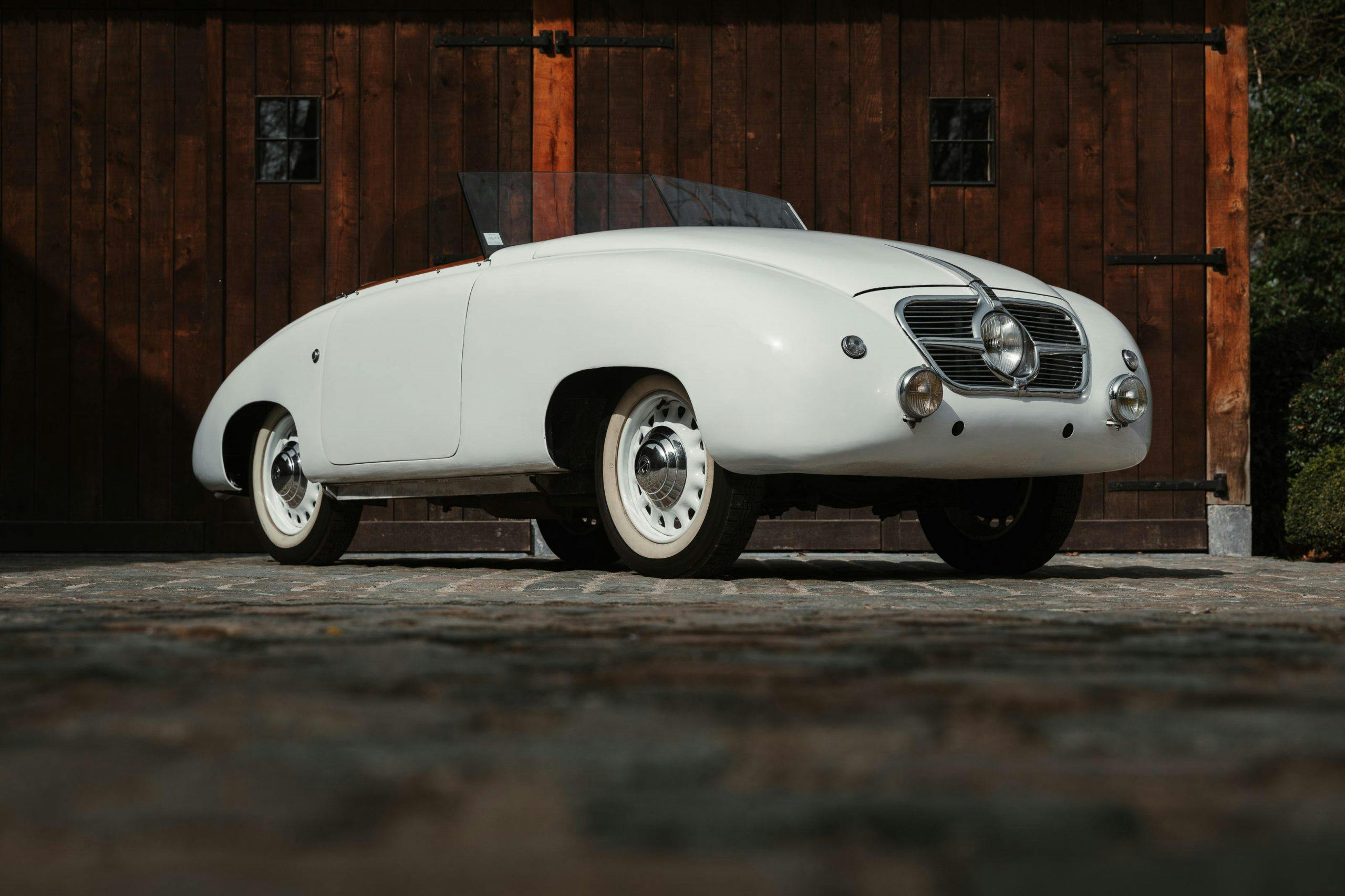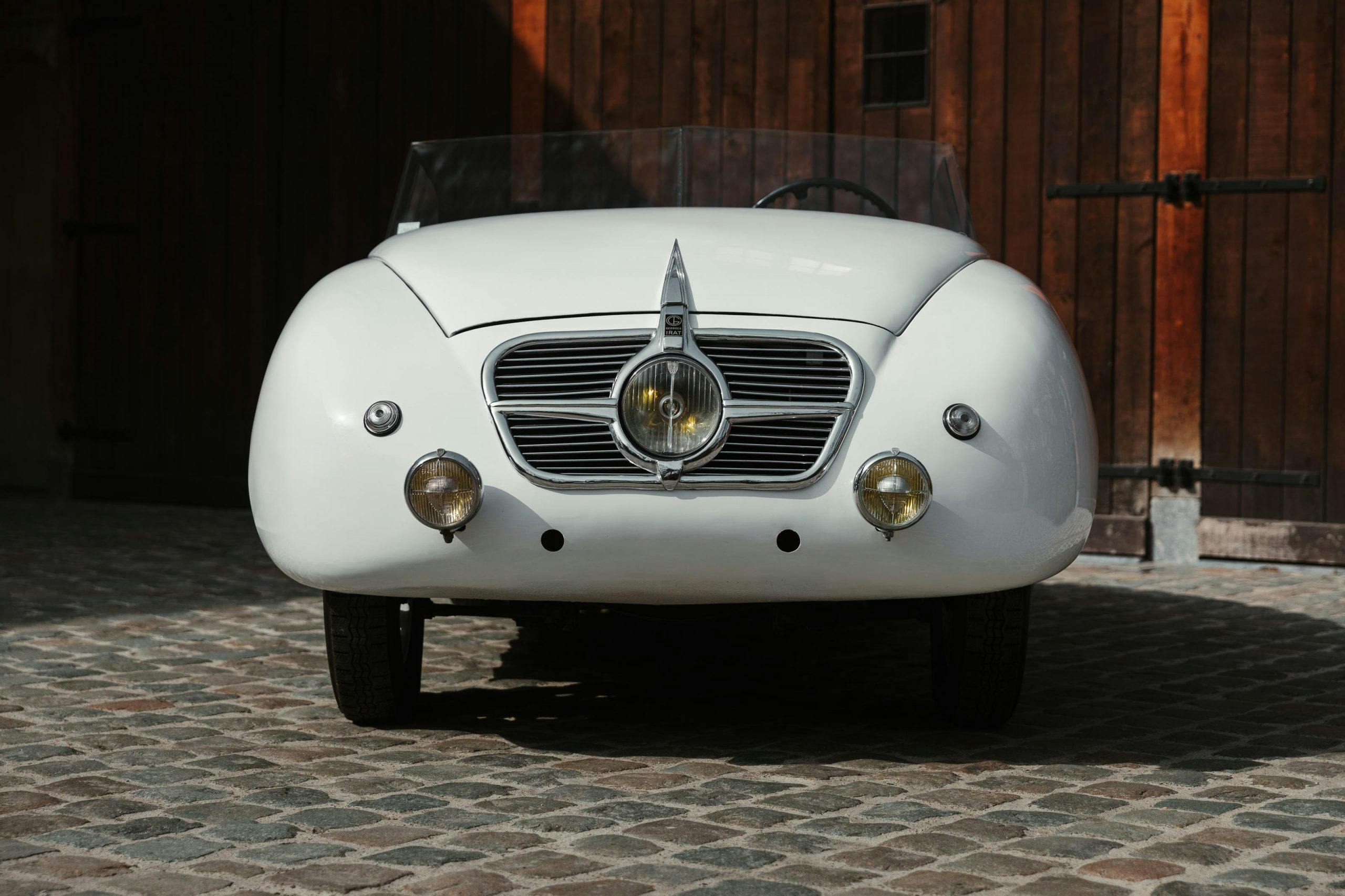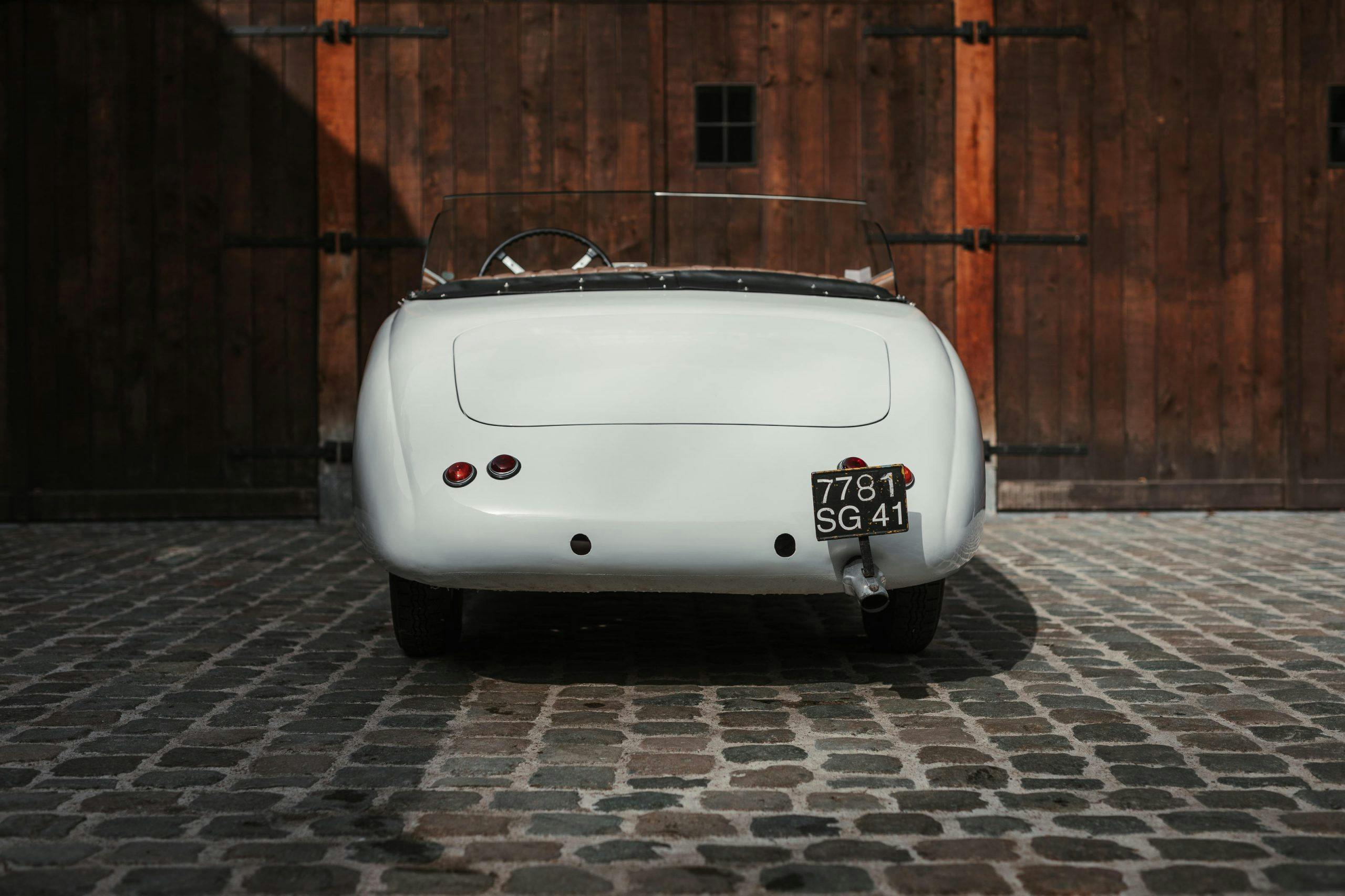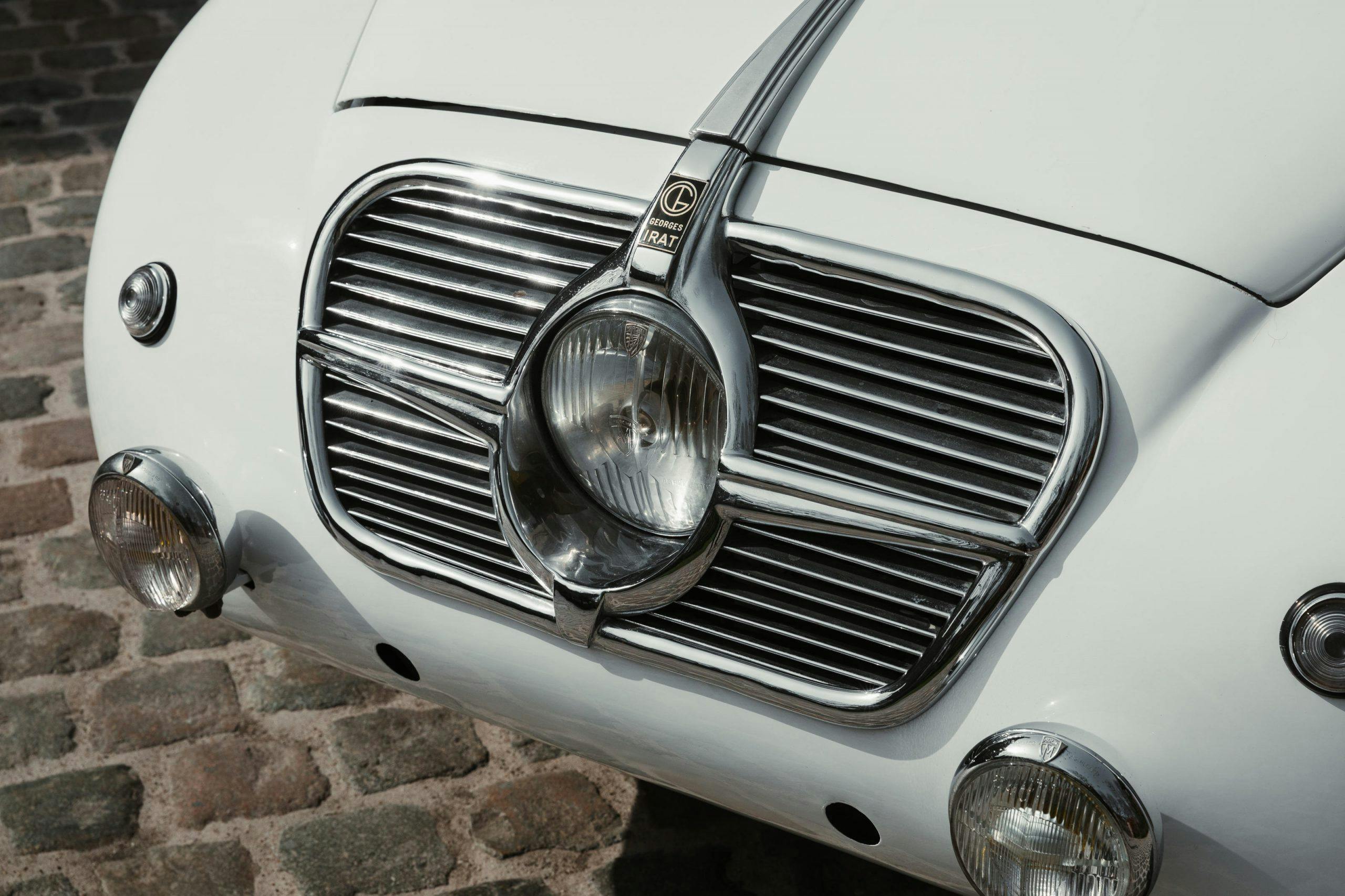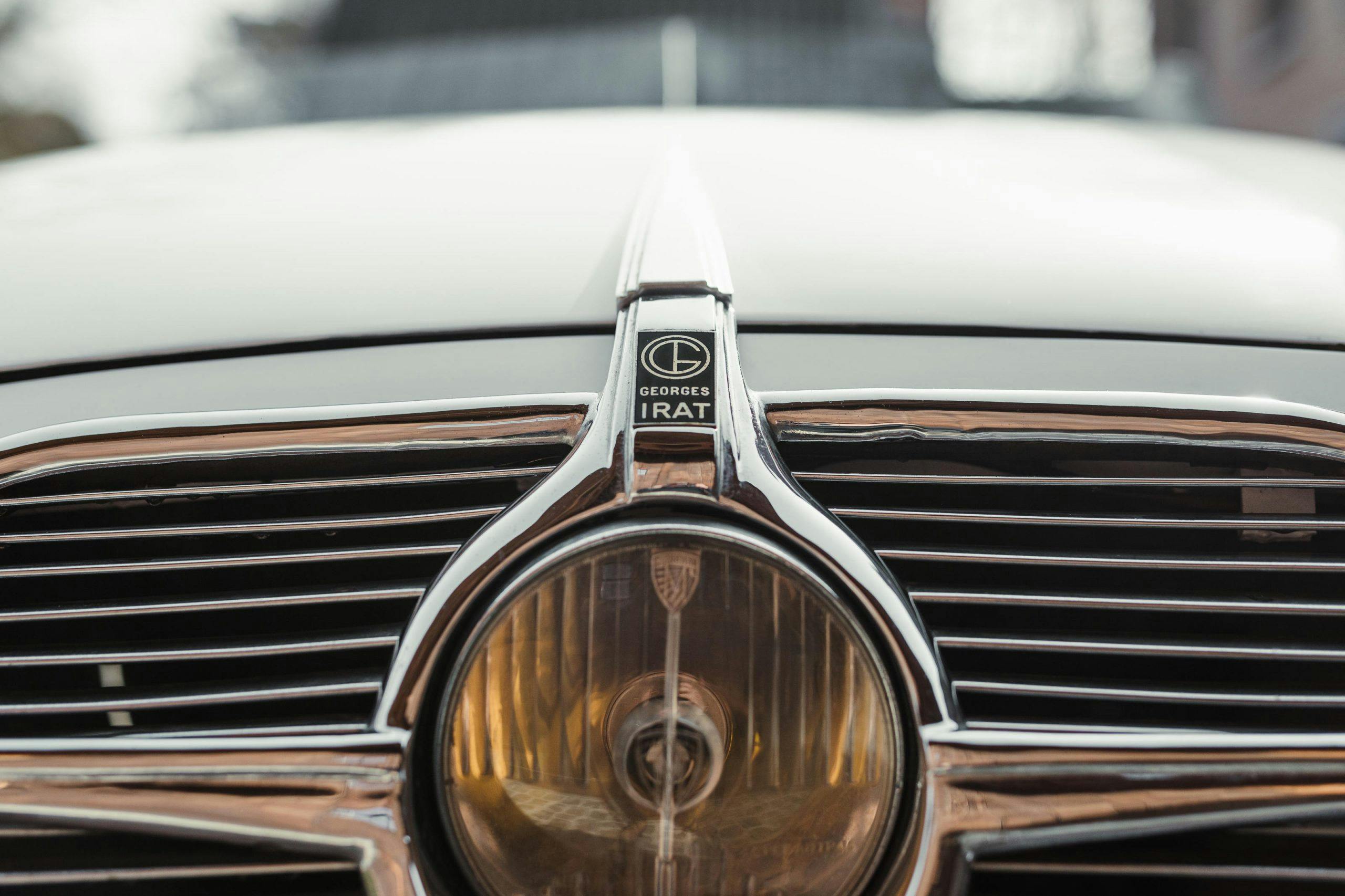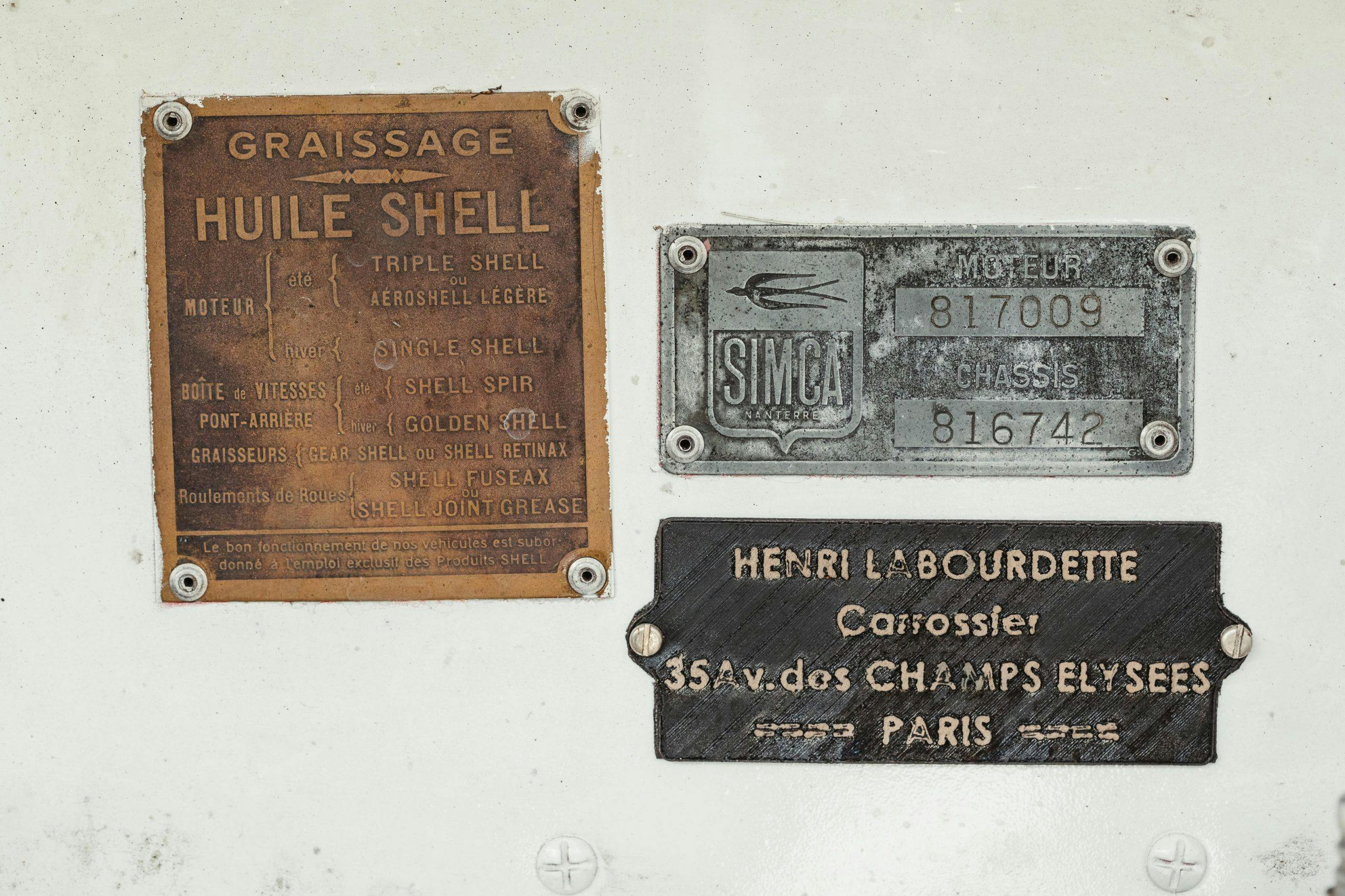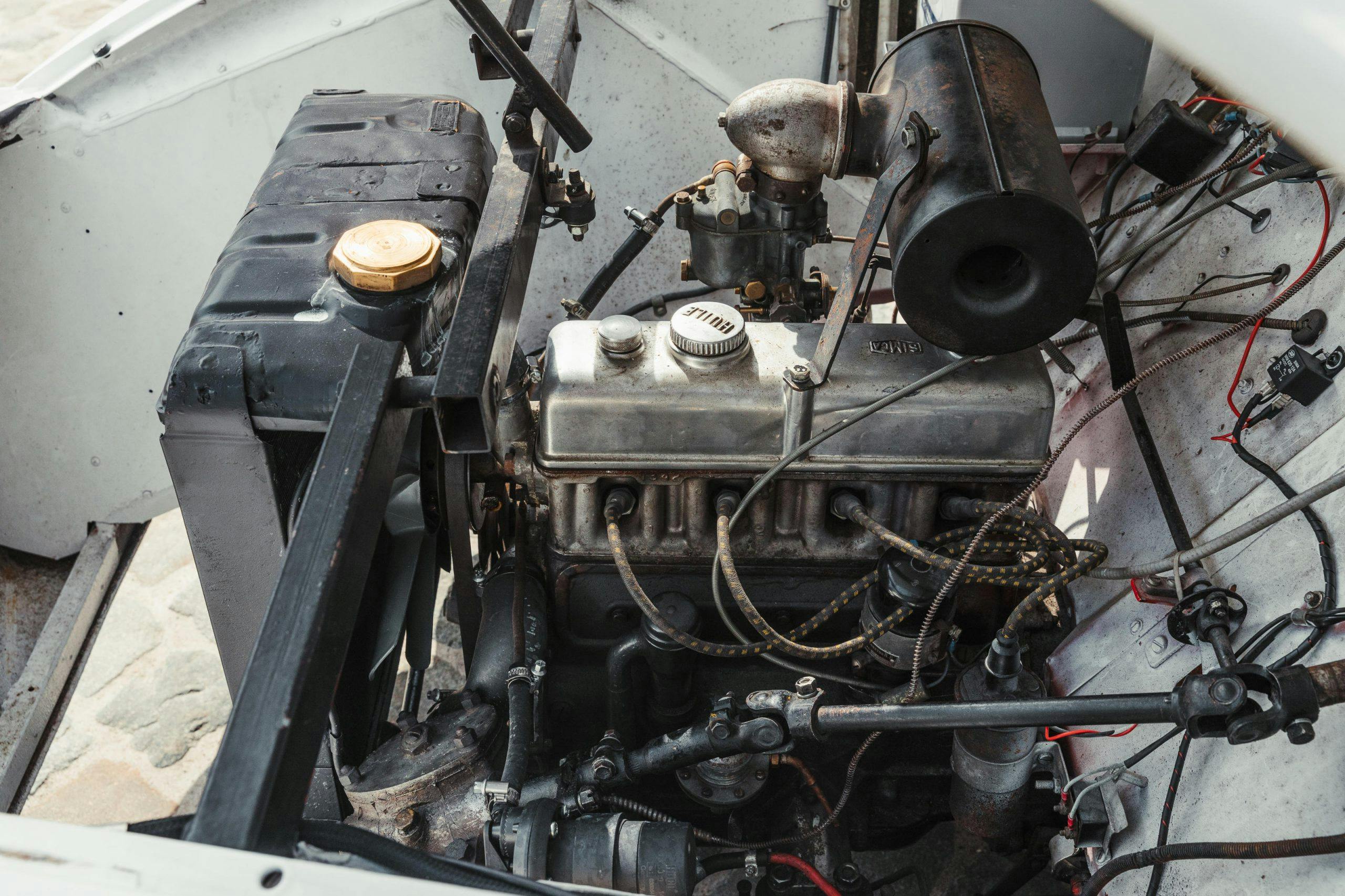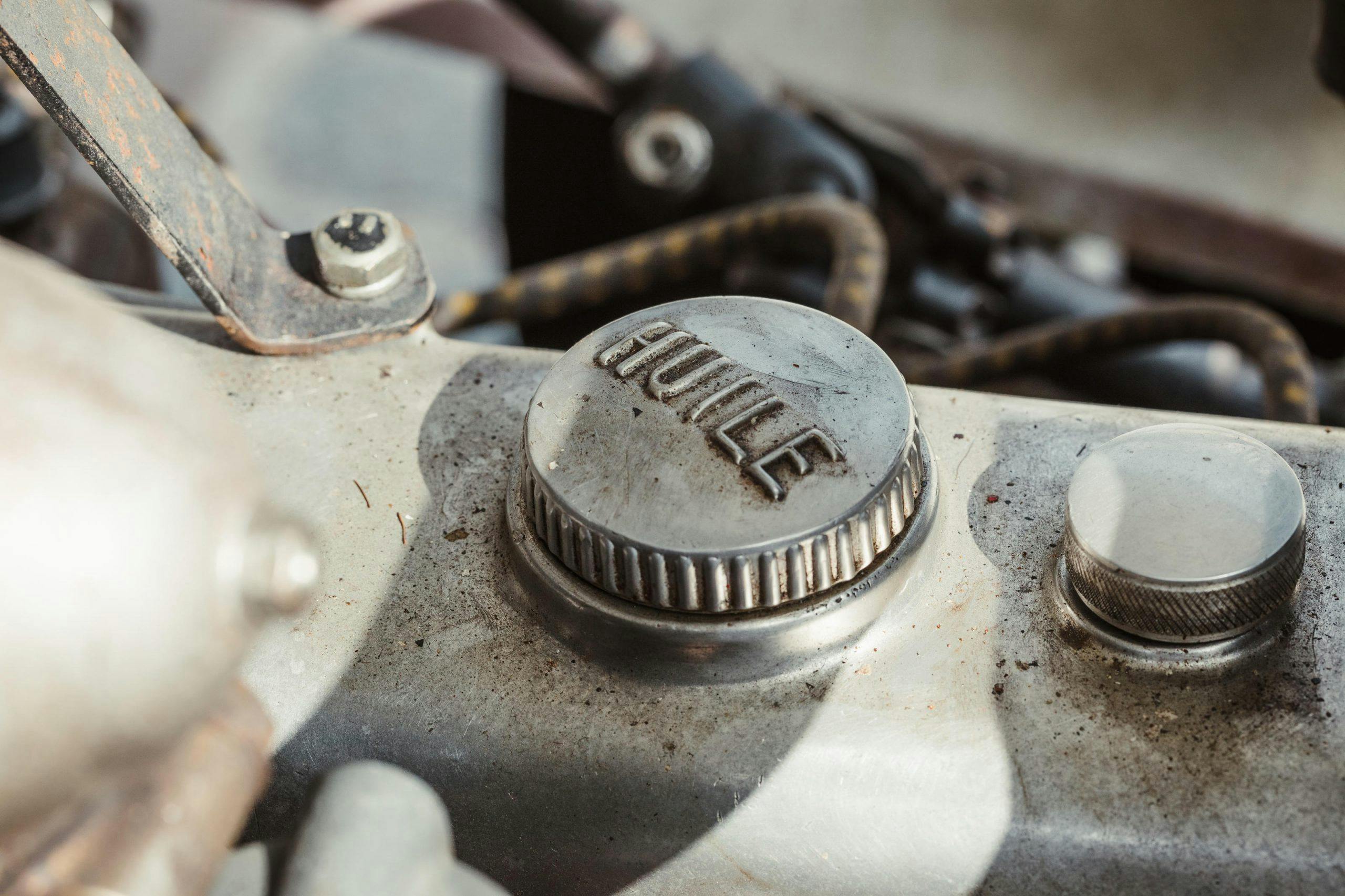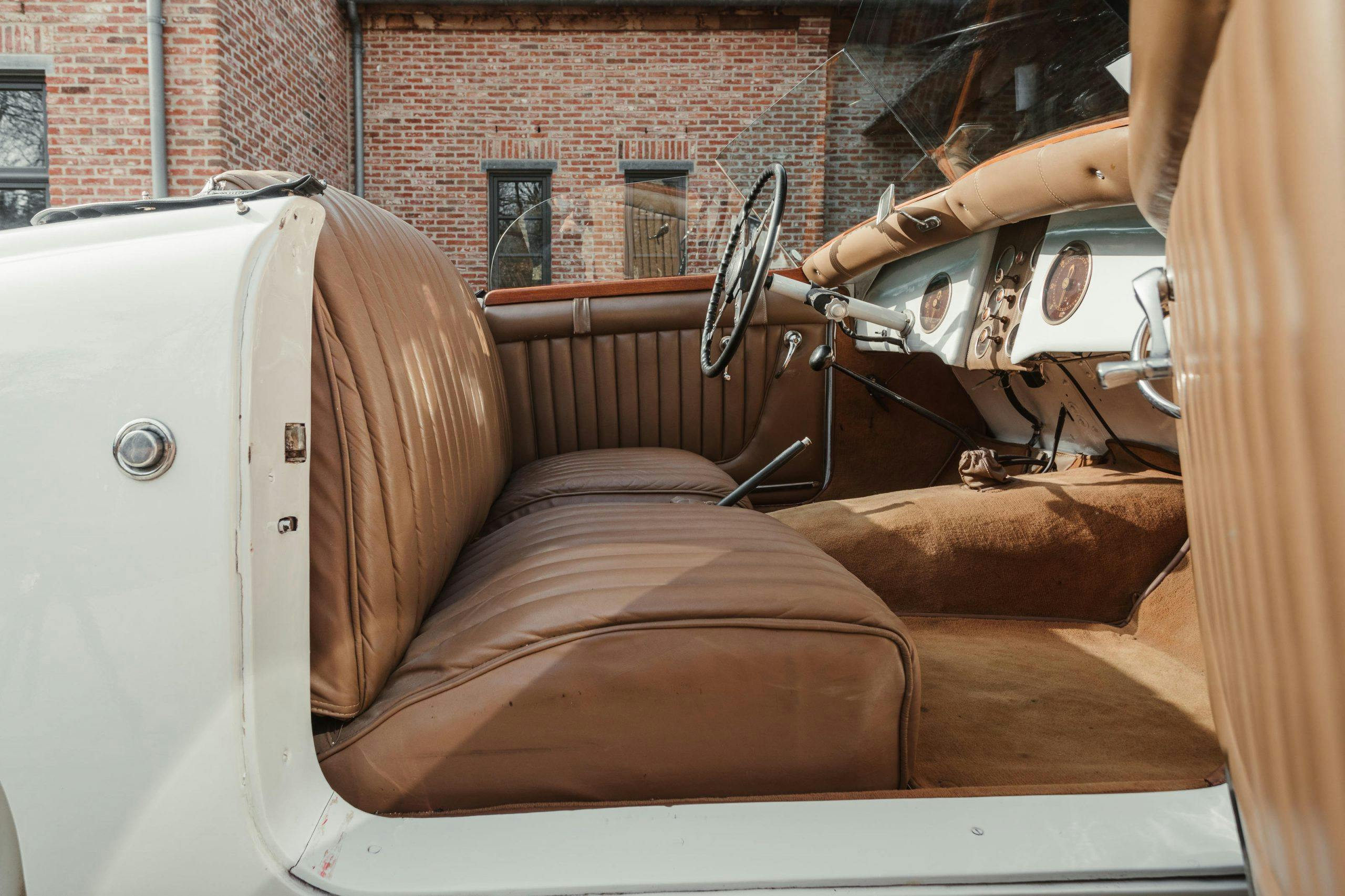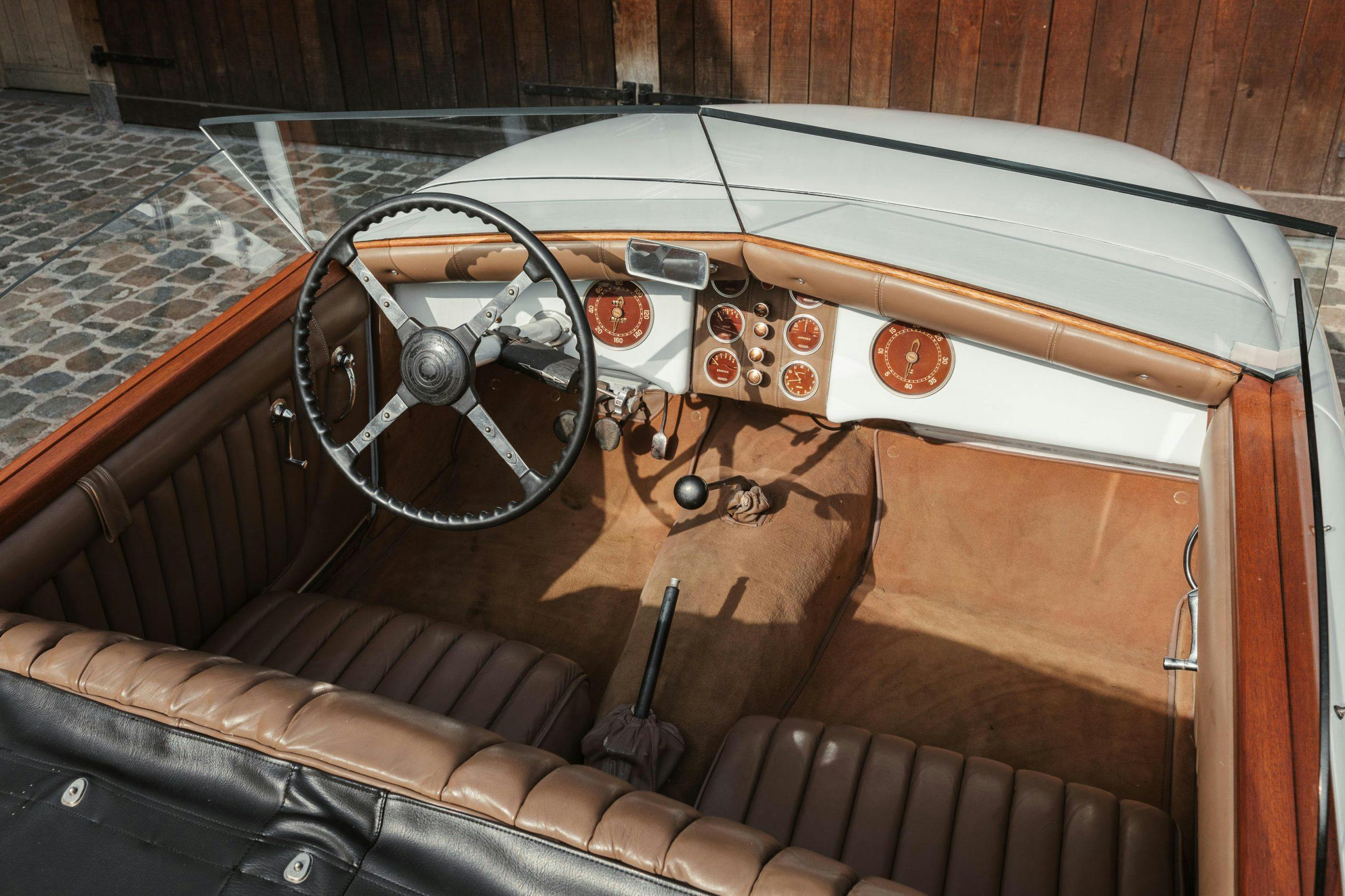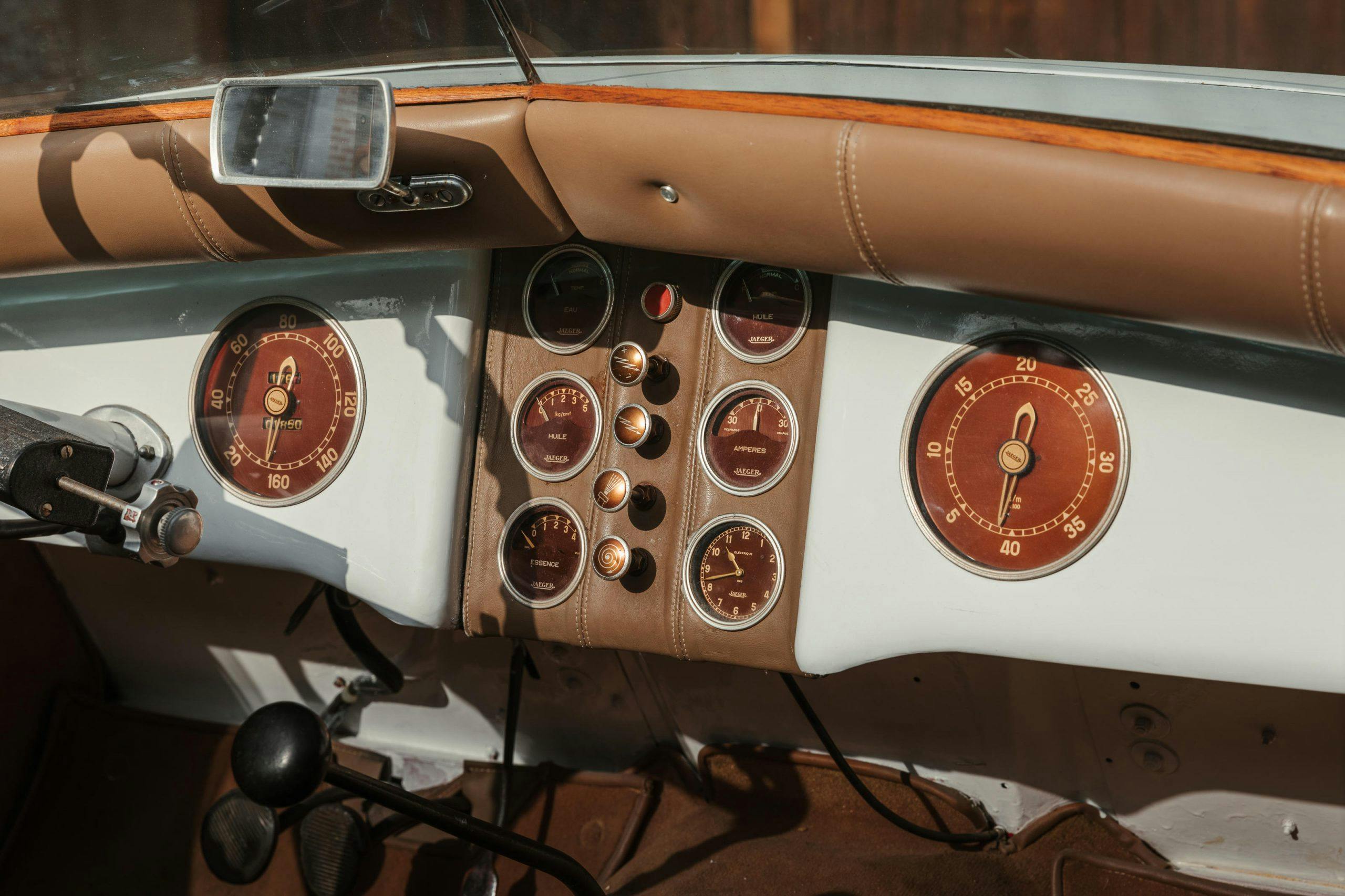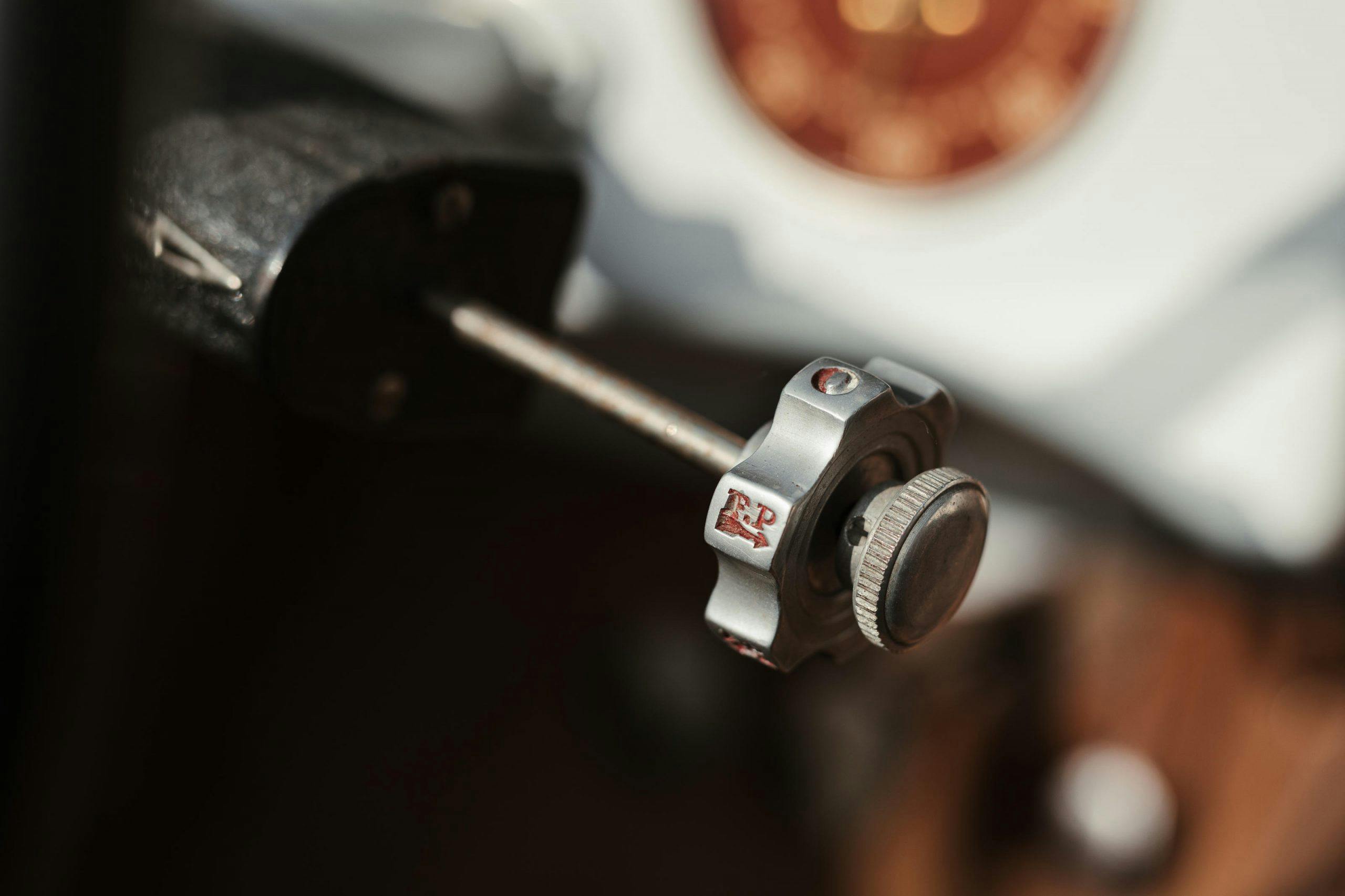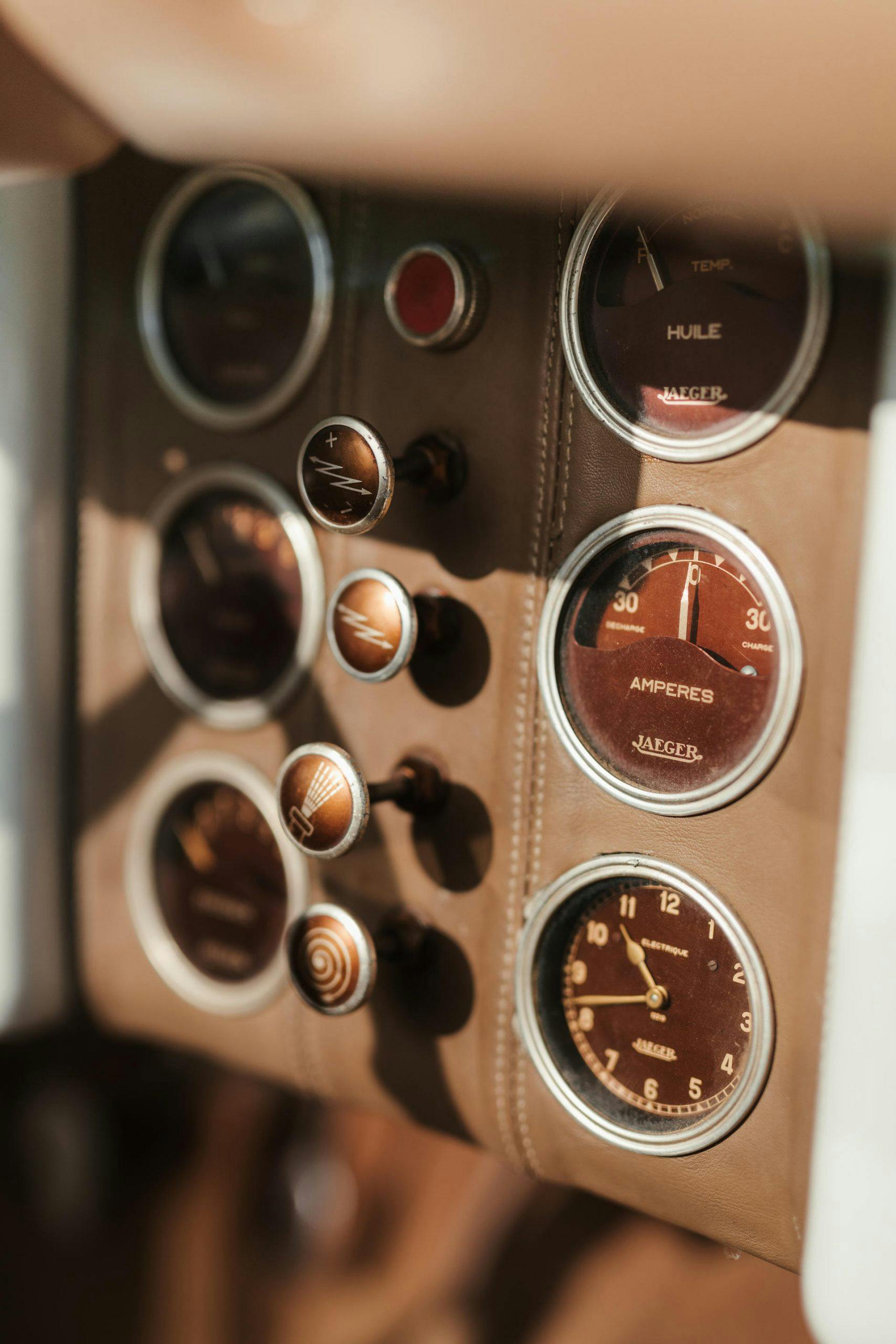This Georges Irat roadster is a one-eyed French oddball from 1949
Automotive is history is full of arcane, one-of-a-kind show cars. Visionary vehicles that took a bow in Geneva, Turin, London, Paris or New York, only to never be heard from again. We love it when such cars pop up for sale, if only to get our fill of automotive obscurity. Up for grabs at Bonhams’ Monaco sale later this month is one such outlier, a one-off Georges Irat two-seat roadster that debuted at the Paris show in 1949, not long before the company stopped building cars altogether. It has a presale estimate of €70,000-€100,000 ($84,000-$120,000).
Automobiles Georges Irat SA started building motorcars in the early 1920s, after snagging ex-Delage engineer Maurice Gaultier to design its four-cylinder engines. Like many carmakers in those days, Georges Irat sold complete cars minus bodywork and operated on a small scale, pumping out about 200 cars per year with both four- and six-cylinder power. Georges Irat also built cars with larger Lycoming engines from America, but they never sold well.

The Great Depression hit all carmakers hard in the ’30s, and Georges Irat was partially taken over by an engine company called Godefroy et Lévecque. From that relationship came a small George Irat sports car with Lévecque’s 1078-cc “Ruby” four-cylinder engine powering the front wheels. A small sports car with Citroën power also arrived in 1938, but the German invasion of France in 1940 put a stop to that.
During the occupation Georges Irat briefly developed an electric car with a 60-mile range, but didn’t pursue EVs once the war was over. After briefly building a tiny Jeep-like vehicle in Morocco, Georges Irat ceased to exist as a carmaker after 1953.

Before shutting its doors, however, Georges Irat displayed a handful of prototype cars at the Salon de Paris in the 1940s. This two-seat roadster is the last of them, displayed at Paris’ Grand Palais in 1949. Sadly, the bodywork was all that was left of the car when it was discovered years later at the old Georges Irat factory. It now rides on a prewar Simca chassis and powered by a Simca four-cylinder engine. Neither of those things are remarkable, but the coachwork by Labourdette is the real prize.
Labourdette is probably best known for its boat-inspired “skiff” body style that was popular in the 1920s. Skiffs with their wood (usually mahogany) body panels fixed with visible nails made their way onto everything from small Renaults to huge Rolls-Royces and Hispano-Suizas.
Labourdette was also well-known for its “Vutotal” (total view) windscreen, which basically did away with the mounts and frames for the glass. Probably not the safest idea in a crash, but it did increase visibility. The windscreen, though, is probably the last thing you noticed about this oddball cyclops sports car. Other than the massive central headlamp, the rest of the lights are tiny. The shape of the body is tall and bulbous at the front, but it tapers down sharply at the rear. The car almost looks like a ramp on wheels when viewed in profile. The doors open not with handles but via buttons behind the doors, on the rear fenders.
This little one-eyed car is represented with some recent mechanical attention, but the roadster looks like it could use thorough cosmetic attention before it sparkles on a show field. After all, a glamorous venue with an adoring audience is exactly where this thing belongs.
